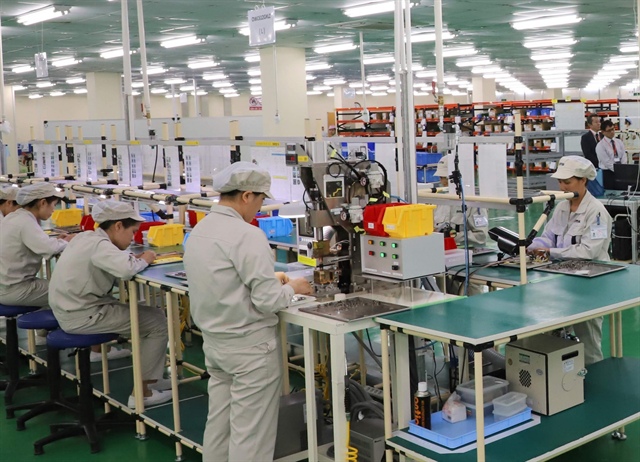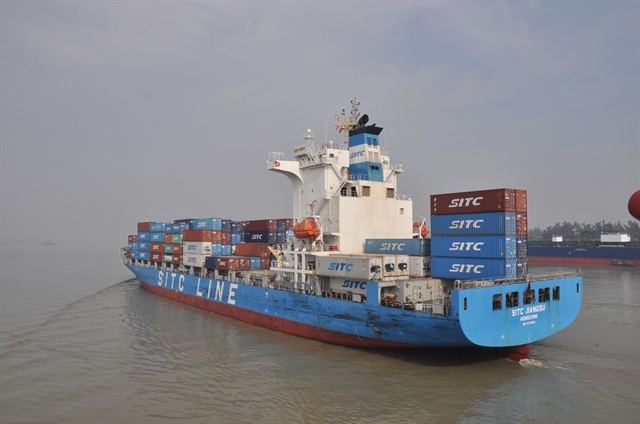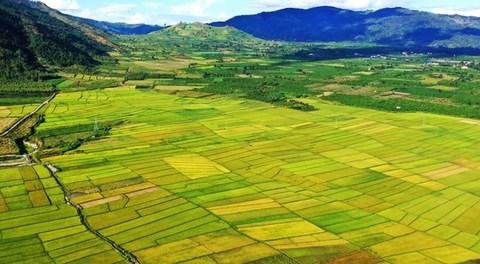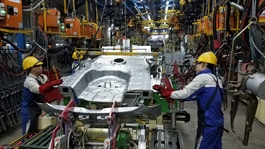EU investment in Vietnam: Untapped potential
EU investment in Vietnam: Untapped potential
Dedicated implementation of the EU-Vietnam Free Trade Agreement (EVFTA) will provide Vietnam with many opportunities to attract foreign direct investment (FDI) from European firms.
Wide-ranging cooperation
Addressing a recent seminar on investment flows from the EU, Dr. Nguyen Thi Thanh Mai from the University of Economics and Business, a member of the Vietnam National University (VNU), Hanoi, said that by August 2022, the second anniversary of the ambitious EU-Vietnam trade pact, 2,378 EU investment projects with total registered capital of US$27.59 billion were current in Vietnam.

EU investment projects in Vietnam spread among 18 of 21 Vietnamese economic sectors |
According to economists, since 2020 when the EVFTA came into effect, the EU’s FDI in Vietnam has declined in both number of projects and capital amount. The decline is attributed to the UK’s exit from the EU and the impact of COVID-19. Since 2021, however, the number of EU FDI projects in Vietnam has resumed its growth and almost reached the peak of 2019. This is a positive sign for the Vietnamese economy after the COVID-19 pandemic, despite the unstable situation in the European region.
EU investment projects in Vietnam spread among 18 of 21 Vietnamese economic sectors, focusing on processing and manufacturing industries, electricity generation and distribution, and real estate.
EU companies are also becoming more interested in service sectors such as logistics, posts and telecommunications, finance, office space rentals, retail, clean energy, support industries, food processing, and high-tech agriculture. As a member of the dynamic ASEAN bloc with high connectivity to the global economy, Vietnam has attracted logistics investment from many groups in Italy and France.
EU firms are also increasingly interested in solar energy projects in Vietnam, with French and German firms announcing plans to invest in this field.
Modest numbers, limited quality
Despite positive signs, EU investment still accounts for a modest percentage of total FDI in Vietnam and remains incommensurate with its potential. Moreover, EU investment in Vietnam accounts for only 2-5 percent of total EU investment worldwide.
|
Most EU projects in Vietnam are small to medium in size and their quality is still lower compared to those in other ASEAN countries. Nonetheless, 42 percent of European companies anticipate that they will increase foreign direct investment (FDI) flows to Vietnam by the end of 2022, according to the Business Climate Index (BCI) published by the European Chamber of Commerce in Vietnam.
The European Commission has described the EVFTA as the most ambitious free trade deal with the highest level of commitments ever concluded with a developing country. The agreement is expected to minimize protectionism and encourage cooperation, creating a favorable business environment in Vietnam.
However, according to a research team from the Vietnam National University, Hanoi, in order to attract quality FDI from the EU, Vietnam should further institutional reforms and improve the investment and business environment, better consulting services and facilitate investment, intensify human resource training and upgrade infrastructure.
| Vietnam has attracted investment from a large number of EU firms in the field of onshore and offshore wind power, including Copenhagen Infrastructure Partners and Orsted (Denmark), Equinor (Norway), PNE (Germany), and Pondera (Netherlands). |
























